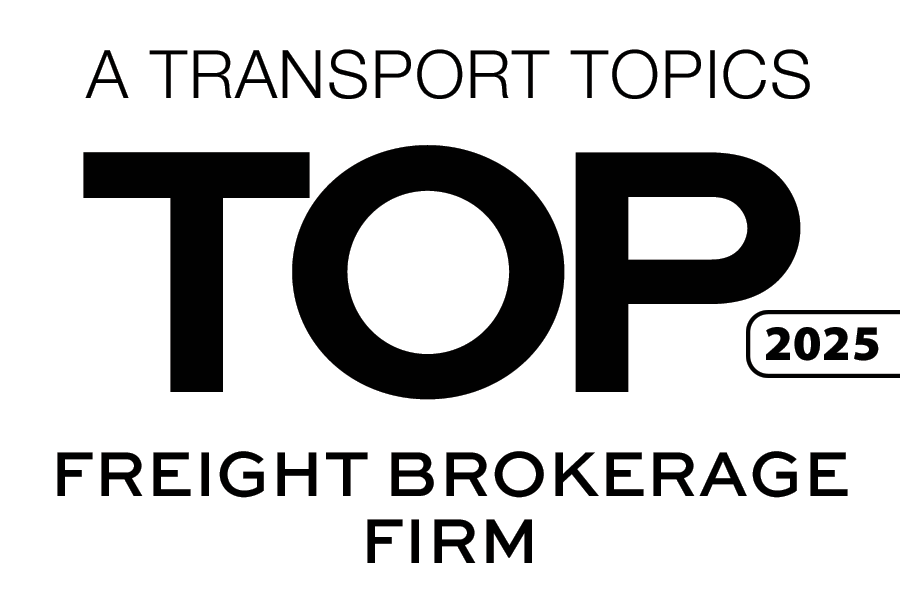ICE Crackdowns Are Tightening Reefer Capacity and Shifting Driver Behavior
November 10, 2025
 Across the country, freight markets are entering a complicated stretch, especially for refrigerated capacity. While dry van rates remain relatively flat on the national level, regional pockets are showing unusual tightness as drivers reconsider where they’re willing to run and enforcement pressure increases across key freight corridors.
Across the country, freight markets are entering a complicated stretch, especially for refrigerated capacity. While dry van rates remain relatively flat on the national level, regional pockets are showing unusual tightness as drivers reconsider where they’re willing to run and enforcement pressure increases across key freight corridors.
Shippers in multiple markets are reporting that asset-based carriers are turning back lanes—not because the freight doesn’t pay, but because some drivers are reluctant to leave home or enter certain regions. Fear of increased immigration enforcement activity, particularly near border-crossing zones, has caused noticeable shifts in driver behavior.
This is especially evident along the southern border, where refrigerated rates on backhaul lanes to the West Coast have surged. Drivers who might normally head into areas like McAllen are instead opting for Northeast runs or staying within more predictable regions.
Reefer capacity is tightening earlier than usual ahead of the Thanksgiving surge. Markets that haven’t seen a squeeze in years are now dealing with reduced availability and rising rates. With holiday demand piling on, refrigerated freight is set for a chaotic stretch through Christmas before a possible January cooldown.
Will immigration enforcement efforts lead to a more stable supply chain? Gain insights into this evolving story with the latest episode of the Stay In Your Lane Podcast.
Beyond seasonal patterns, broader structural changes are shaping what comes next. Heightened scrutiny around non-domiciled CDLs and English language proficiency is prompting some drivers to avoid scales and enforcement zones altogether. Others may temporarily step away from the industry as they work to meet new requirements.
“I do think nondomicile CDL English language proficiency is going to have a really big impact on regional lanes,” says Dean Croke, Principal Analyst at DAT Freight and Analytics. “I just think they’re going to stay home and we’re going to see that road check effect.”
Though disruptive, this attrition is ultimately expected to help rebalance capacity. The surge of new entrants during the pandemic brought on carriers with questionable qualifications, lax training, or weak safety standards. As enforcement increases and barriers to entry rise for both carriers and brokers, the industry may finally see a long-needed cleanup.
Safety remains a major concern. Incidents involving inexperienced or underqualified drivers highlight the need for stronger oversight not just of drivers, but of training schools and carriers that profit from cutting corners. Many of the most persistent accident trends trace back to the same carriers—an indication that accountability needs to stretch beyond the individual behind the wheel.
“If the government really ups the ante in terms of making it harder for companies to get in—both brokers and carriers—and making it much harder for drivers to get in and hold on to their qualifications, that’s a good thing,” says Croke.
The tightening regulatory environment may feel painful now, but it could lead the industry into a healthier, more stable era defined by higher standards, more reliable capacity, and stronger trust between shippers and carriers.
 In the coming months, refrigerated freight can expect volatility, rising rates, and tight capacity through the holidays, perhaps giving way to a stronger market in the next year. Dry van freight could experience moderate demand and slower movement, though localized tightness will appear where reefer freight pulls capacity away. In terms of overall capacity, attrition and stricter requirements will continue to reduce questionable operations and tighten the market overall. Meanwhile, driver concerns around perceived enforcement risks could continue to effect lane selection, creating unpredictable regional shifts.
In the coming months, refrigerated freight can expect volatility, rising rates, and tight capacity through the holidays, perhaps giving way to a stronger market in the next year. Dry van freight could experience moderate demand and slower movement, though localized tightness will appear where reefer freight pulls capacity away. In terms of overall capacity, attrition and stricter requirements will continue to reduce questionable operations and tighten the market overall. Meanwhile, driver concerns around perceived enforcement risks could continue to effect lane selection, creating unpredictable regional shifts.
At this key turning point for the industry, Triple T Transport’s experienced 3PL team helps our partners stay ahead of volatile shifts in the market. With 3PL solutions built around transparency, service, and long-term stability, we keep freight moving no matter how unpredictable the road ahead becomes.














